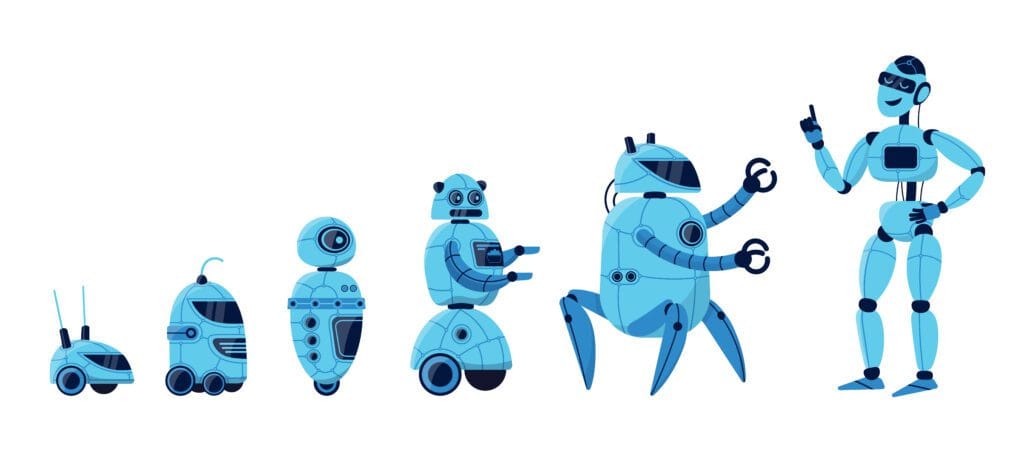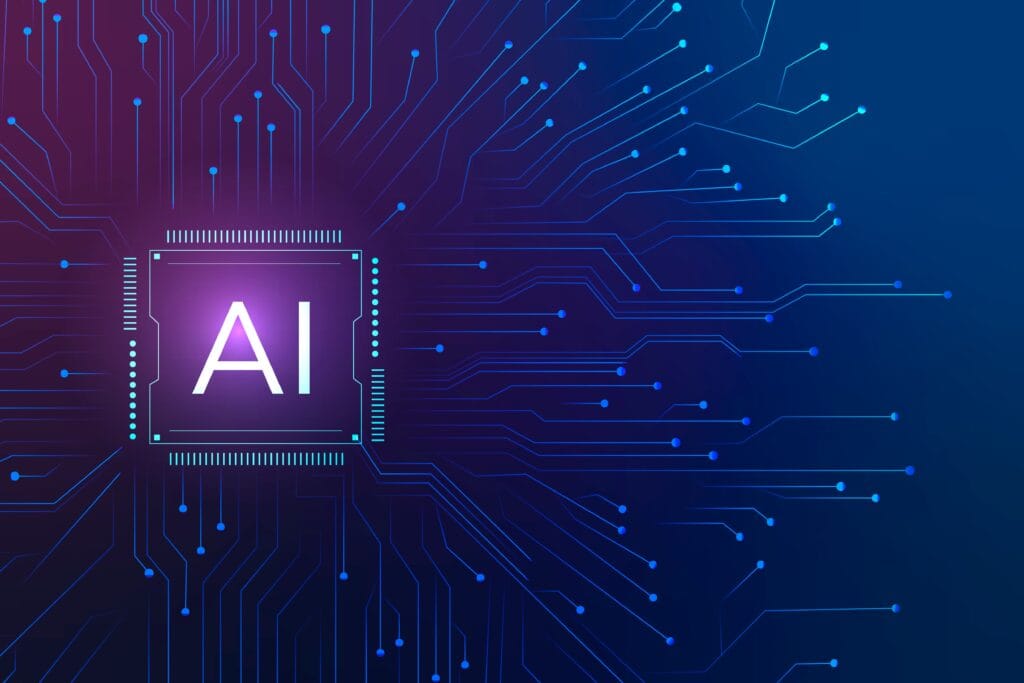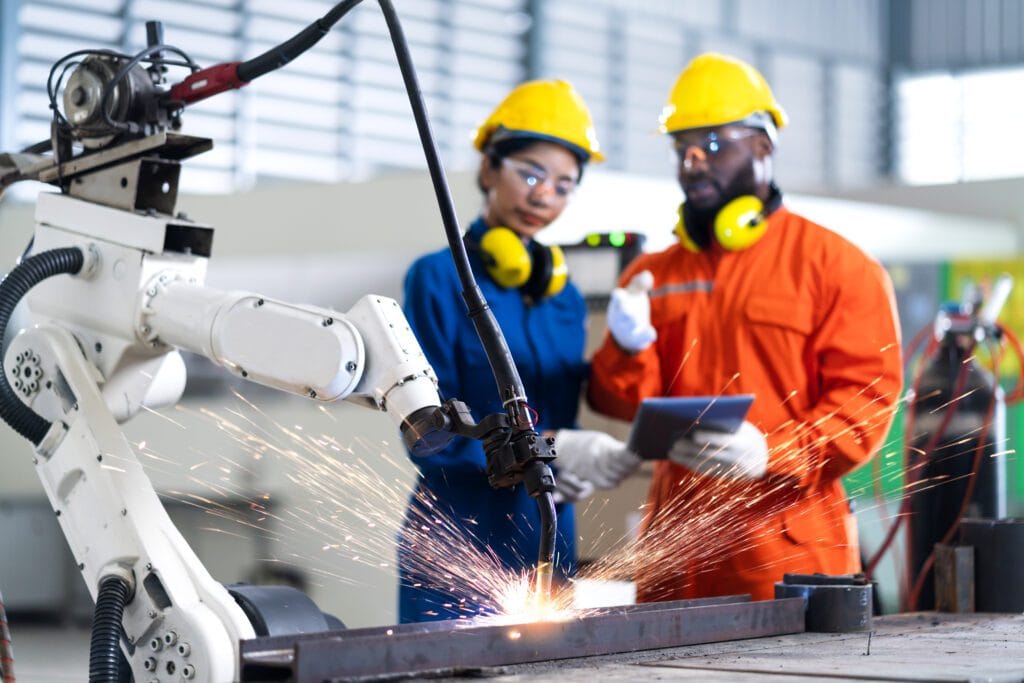Introduction: Why Understanding Robotics Evolution Matters
If you’ve read our earlier blogs on DIY Robotics for Beginners and AI’s Essential Ingredients, you already know that robotics is more than just machines with gears and motors. But to truly master robotics today—whether as a student, hobbyist, or future innovator—you need to understand how far robotics has come.
- Introduction: Why Understanding Robotics Evolution Matters
- 1. The Early Days: Robotics as Simple Mechanical Helpers
- 2. Robotics Meets Computing: The Rise of Smarter Machines
- 3. The AI Revolution: Modern Robotics Becomes Intelligent
- 4. Collaborative Robots (Cobots): The New Workplace Partners
- 5. Robotics in Everyday Life: Beyond Factories
- 6. DIY Robotics in 2025: Bringing Evolution Home
- 7. Future of Robotics: Where Evolution is Heading
- FAQs: Robotics Evolution Simplified
- Conclusion: Your Robotics Journey is Just Beginning

From simple mechanical arms in factories to today’s AI-powered cobots working side by side with humans, robotics has undergone a revolution. This blog takes you deeper into that journey, showing you how robotics, AI, Python programming, and IoT now intersect—and how you can explore this through DIY projects at home.
1. The Early Days: Robotics as Simple Mechanical Helpers
- In the 1950s–70s, robotics was mostly about automation of repetitive industrial tasks.
- Think of robotic arms in car factories that could weld or paint the same spot thousands of times.
- These robots:
- Were pre-programmed with no adaptability
- Relied on mechanical precision, not intelligence
- Were expensive and limited to large industries
- Were pre-programmed with no adaptability
2. Robotics Meets Computing: The Rise of Smarter Machines
As computing power increased in the 1980s–90s, robotics shifted:
- Robots started using basic sensors (like infrared or proximity detectors).
- This allowed for limited decision-making, such as stopping when an object was detected.
- Early applications: pick-and-place machines in electronics, warehouse sorting bots, and rudimentary service robots.
🌍 Global Note: In the USA and UK, this was the era when robots started appearing in labs and universities. In India, the focus was still industrial, but research centers began experimenting with robotic education.
3. The AI Revolution: Modern Robotics Becomes Intelligent
Fast forward to the 2000s and beyond → robotics merged with Artificial Intelligence (AI).
- Robots could now see (computer vision), hear (voice recognition), and learn (machine learning).
- Example: Roomba, the robotic vacuum cleaner, uses AI-powered navigation to adapt to your home.
- Today’s robots are not just mechanical—they’re connected via IoT, cloud-enabled, and Python-powered.
4. Collaborative Robots (Cobots): The New Workplace Partners
Unlike older industrial robots that worked in cages, Cobots are designed to work with humans.
- Safety first: They have sensors that detect human movement.
- Flexible: They can switch between tasks quickly.
- Adaptive: They can adjust speed, precision, and force in real time.
📍 Example: In a modern car factory, a cobot might pick, sort, and assemble parts, while adjusting its path based on a human engineer’s movement nearby.
🌍 Global Perspective:
- In the USA, cobots are transforming manufacturing and logistics.
- In the UK, they’re helping small businesses improve efficiency.
- In India, cobots are increasingly part of the MSME sector, making automation accessible.
5. Robotics in Everyday Life: Beyond Factories
Today, robotics isn’t confined to industries. It’s part of our daily lives:
- Healthcare robots assist in surgeries and patient care.
- Education robots help children learn coding and STEM.
- Service robots deliver packages, make coffee, or even greet customers.
- DIY robotics kits allow anyone to build robots at home.
6. DIY Robotics in 2025: Bringing Evolution Home
When most people hear the word robotics, they imagine futuristic humanoids or machines working in factories. But in reality, robotics is no longer limited to big corporations or research labs. In 2025, robotics has become one of the most exciting DIY learning opportunities available to anyone with curiosity and a willingness to experiment. Whether you are in the USA, UK, or India, resources for DIY robotics projects are now accessible at a scale never seen before.
The beauty of robotics lies in its interdisciplinary nature. A robot is not just a machine — it’s a blend of mechanical design, electronics, and intelligent programming. Imagine building a simple robot car: you’ll use a lightweight body frame (mechanical), connect sensors and motors (electronics), and then write a small program in Python or Arduino IDE (programming) to bring it to life. Each of these ingredients teaches you a different skill while keeping learning fun and engaging.
One of the most empowering aspects of DIY robotics is its scalability. You can start small with a line-following robot and gradually advance to more complex creations like voice-controlled or AI-powered bots. Thanks to affordable boards like Arduino, Raspberry Pi, and ESP32, robotics no longer feels intimidating. In fact, many schools and universities across the globe encourage students to build these kinds of projects because they spark problem-solving, logical thinking, and creativity.
For beginners, robotics isn’t just about making robots move — it’s about learning how technology works in real life. And once you get started, every project becomes a stepping stone toward bigger ideas.
7. Future of Robotics: Where Evolution is Heading
- AI + Robotics = Smart homes and industries
- IoT + Robotics = Connected devices everywhere
- Robotics in India, USA, UK: more focus on education, startups, and personal assistants
- DIY Trend: People worldwide are learning robotics from home, combining AI, coding, and hardware
🌐 External Resources:
- Arduino Official Site–Click here
- Raspberry Pi Official Site– Click here
- TensorFlow Lite–Click here
FAQs: Robotics Evolution Simplified
Q1. What’s the difference between old robots and modern robots?
Old robots were mechanical, modern robots are intelligent and adaptive.
Q2. Can beginners build robotics projects in 2025?
Yes! With affordable kits and Python coding, anyone can start learning robotics at home.
Q3. What is a cobot?
A cobot is a collaborative robot designed to safely work alongside humans.
Q4. How does robotics connect with AI?
AI provides robots with the ability to learn, adapt, and make smart decisions.
Conclusion: Your Robotics Journey is Just Beginning
From mechanical arms to intelligent cobots, robotics has evolved into one of the most exciting fields of technology. For DIY learners, this means endless opportunities to learn, build, and innovate.
Whether you’re in the USA, UK, or India, your robotics journey doesn’t end here—it evolves with every project you build. Start small, keep learning, and remember: the future belongs to creators, not just consumers of robotics.
Don’t forget to revisit our earlier articles on DIY Artificial Intelligence and Python for Beginners to strengthen your foundation.


